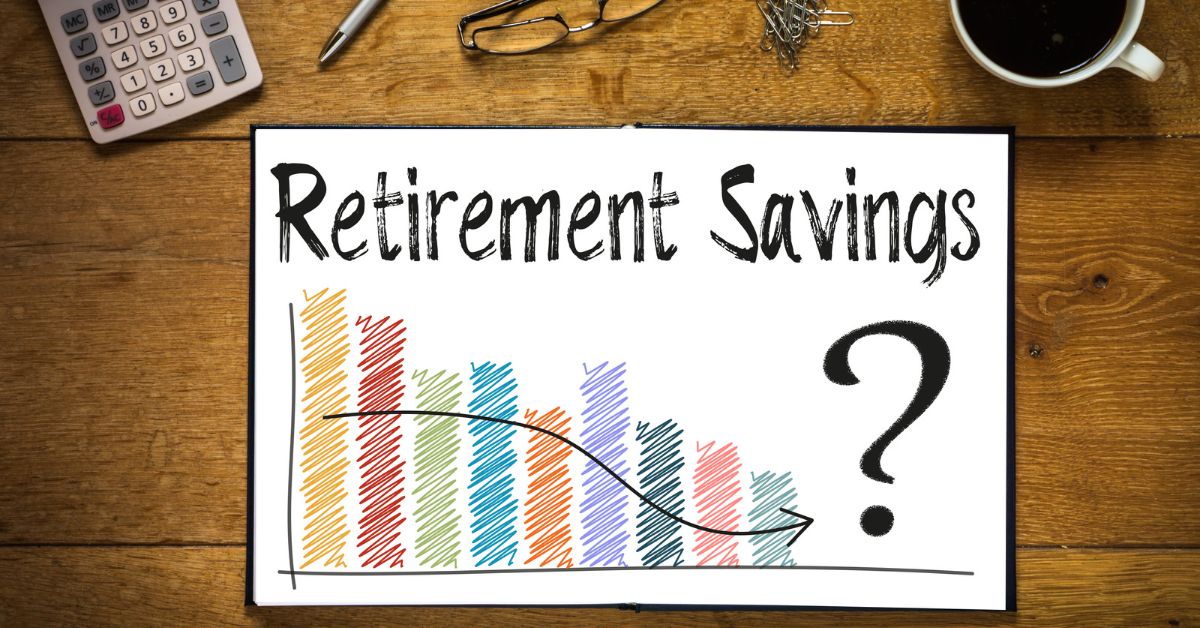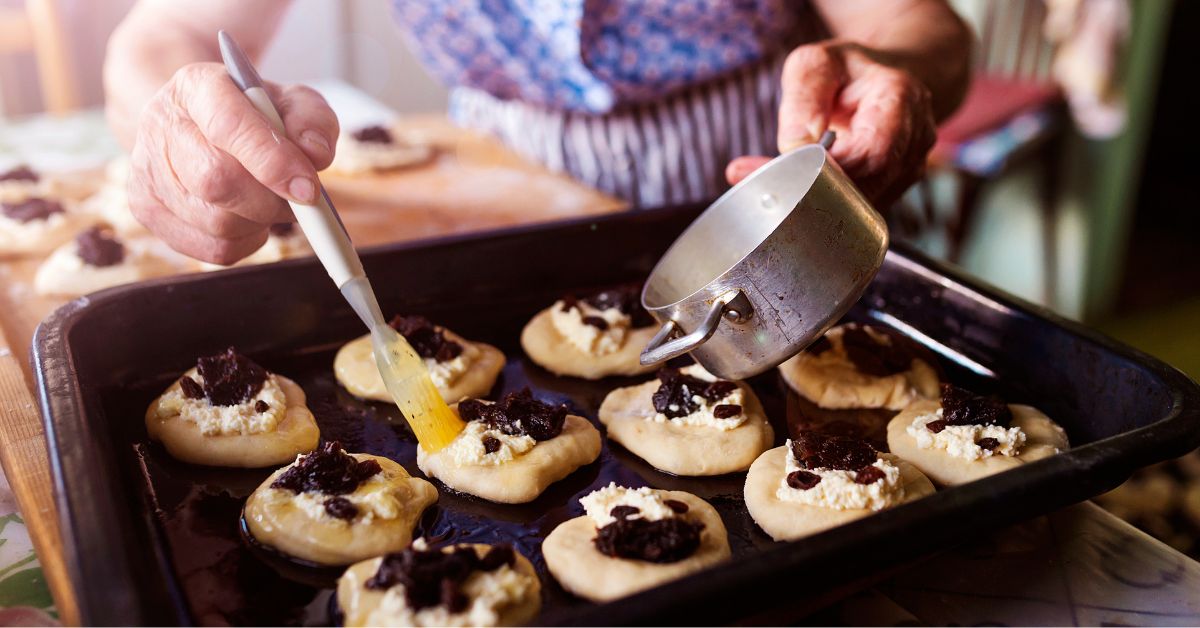
With the cost of living rising sharply, many retirees or those approaching retirement must be worrying about how their lifestyles will be impacted and whether they can afford to retire comfortably.
Although headline inflation in Singapore is currently ranging between 5-7%, the good news is that it isn’t expected to rise indefinitely – most experts forecast inflation plateauing sometime in the second half of 2023, though it could remain elevated for several months afterwards.
However, the bad news as far as older individuals are concerned, is that inflation erodes their purchasing power, especially if prices rise faster than their income.
Sharply rising inflation and the consequent elevation of interest rates also brings heightened volatility in stocks and bonds, which means investment portfolios would be adversely affected.
Given the challenges that inflation poses to retirement adequacy, what is available to seniors to manage living expenses?
Advertisement
1. Benefits Offered by Government Schemes
- CPF
All Singaporeans would be familiar with the Central Provident Fund, the mandatory social savings scheme funded by contributions from employers and employees.
Monthly contributions from these two parties are channelled into three accounts – the Ordinary Account (OA), Special Account (SA) and MediSave Account (MA).
The Government then grows these savings by paying a minimum compound interest of 2.5% for OA savings and 4% for SA and MA balances.
Typically, the OA is used to pay for housing loans and the MA for approved medical needs.
The SA, however, is primarily intended for retirement. At age 55, CPF will create a fourth account, known as the Retirement Account (RA) for the individual, and try to set aside a certain amount in the RA using funds accumulated in the SA.
In 2023, that default amount which is known as the Full Retirement Sum (FRS) is $198,800. If there is insufficient balance in the SA to meet this amount, CPF will look to the OA to make up the shortfall.
Assuming a person is able to set aside the FRS in his or her RA, this amount will then grow at a minimum compound interest rate of 4% for the next 10 years by which time the $198,800 would have grown to around $300,000.
- CPF LIFE
At age 65, all CPF members born in 1958 and after are eligible to start their payments under CPF LIFE as long as they have at least $60,000 in their RA.
Those born before 1958 would be on the older Retirement Sum Scheme but are eligible to switch to CPF LIFE before the age of 80.
The LIFE acronym stands for Lifelong Income For the Elderly.
It is an annuity that will pay a monthly income for the rest of the person’s life using the RA first, followed by interest from the annuity pool once the RA amount is exhausted.
There are three CPF LIFE plans to choose from – Basic, Standard and Escalating.
Those approaching 55 or 65 should familiarise themselves with the features of these three plans but in essence, those who set aside the FRS this year of $198,800 at age 55 will receive about $1,600 per month in ten years’ time under the Standard Plan, which is the default choice.
- CPF LIFE and Inflation
There are two ways that CPF can be used to address rising inflation.
The first is to defer CPF LIFE payments for as long as possible because for each year of deferment, the payout increases by up to 7%.
In other words, if you start your payment at age 66 instead of 65, the payment is up to 7% higher. Note that the ultimate deferment age is 70, at which stage CPF will automatically have to start payments.
The second is to opt for the Escalating Plan as this is designed to take into account inflation. Payouts will start lower than the $1,600 paid under the Standard Plan but will increase by 2% every year for the rest of the person’s life.
Using the CPF LIFE Estimator which is available under “Tools and Services” on the CPF website, a 55-year old male born in 1968 who is able to set aside this year’s FRS in his RA will receive $1,270 at age 65 if he opts for the escalating plan.
This will increase to $1,880 by age 85 and $2,300 at age 95.
Similarly, if you are nearing 65 now and have already set aside a certain amount in your RA several years ago, you can use the CPF LIFE Estimator to calculate how much you will receive under each plan.
Note that the amount each person receives every month will depend on the amount set aside in their RA.
For example, suppose a person born in 1968 can only set aside $148,000 at age 55 this year. Using the Estimator, this will give a monthly payment of $1,240 under the Standard Plan in 10 years’ time.
Granted, the amounts may appear modest, but they at least provide a baseline, guaranteed amount on which to rely.
Note also that if both a husband and wife are able to set aside this year’s FRS at age 55, then their combined CPF LIFE Standard Plan payouts would be about $3,200 at age 65, which should take care of basic needs, provided their housing loan and other debts have been settled and their children are able to fend for themselves.
For those who think they will need more, then they should use the CPF LIFE payments as the foundation on which to build their desired income through investing and saving.
2. Lease Buyback and Silver Housing Bonus Schemes
These two Housing Development Board (HDB) schemes focus on using your property to help build retirement income.
- Lease Buyback Scheme (LBS)
For the Lease Buyback Scheme (LBS), eligible individuals sell part of their flat’s lease back to the Government.
The funds are then first used to top-up their CPF RA to ensure monthly payments under CPF LIFE, with the rest being received in cash. There is also a cash bonus of up to $30,000 possible.
- Silver Housing Bonus scheme
For the Silver Housing Bonus scheme, eligible parties sell their existing property and buy a 3-room HDB flat or smaller.
Like the LBS, part of the money has to be used to top-up their RAs to get a lifelong stream of income under CPF LIFE and a $30,000 cash bonus is also possible.
3. Invest on Your Own
Financial advisors recommend that younger people allocate more assets to stocks than bonds and that older people allocate more to bonds.
This is because younger individuals have plenty of time ahead of them to ride out volatility that stock markets usually undergo and make up for losses because they are still employed, whilst older people cannot afford losses as their earning capacity is limited or non-existent.
In other words, older folk should consider building an investment portfolio comprising mainly high-quality bonds, issued by either the Government or blue-chip companies or both.
These will then give you a regular, fixed amount at periodic intervals (usually every six months).
Among the Government-issued instruments which have proven popular over the past year are T-bills and the Singapore Savings Bond (SSB).
The Government issues 6-month and one-year T-bills. These are issued at a discount to their face value and at maturity, the holder receives the face value.
SSBs are issued every month, with each new issue having a tenor of 10 years. Interest payments step up over time but the holder does not have to hold them for this period as they can be redeemed any time.
A minimum of $500 is required whilst the maximum over all issues per person is $200,000.
Retirement planning in an inflationary environment can be challenging but it is not an impossible task.
The starting point should be to tap as much as possible into the risk-free Government schemes, and then build on the income that those schemes provides if more is required through careful investing and saving.
Seek Advice if Needed
Individuals who are unsure about investing should consult a licensed financial advisor for advice.
However, bear in mind that Singapore operates a “caveat emptor” or “buyer beware” regulatory regime, which means that as long as all material information is disclosed to you, the decision as to whether to invest or not is yours alone.
Retirement planning in an inflationary environment can be challenging but it is not an impossible task.
The starting point should be to tap as much as possible into the risk-free government schemes, and then build on the income that those schemes provide, if more is required, through careful investing and saving.
R. Sivanithy is an Associate Trainer with the Institute for Financial Literacy (IFL), the outreach arm of the Government’s financial education programme called MoneySense.





